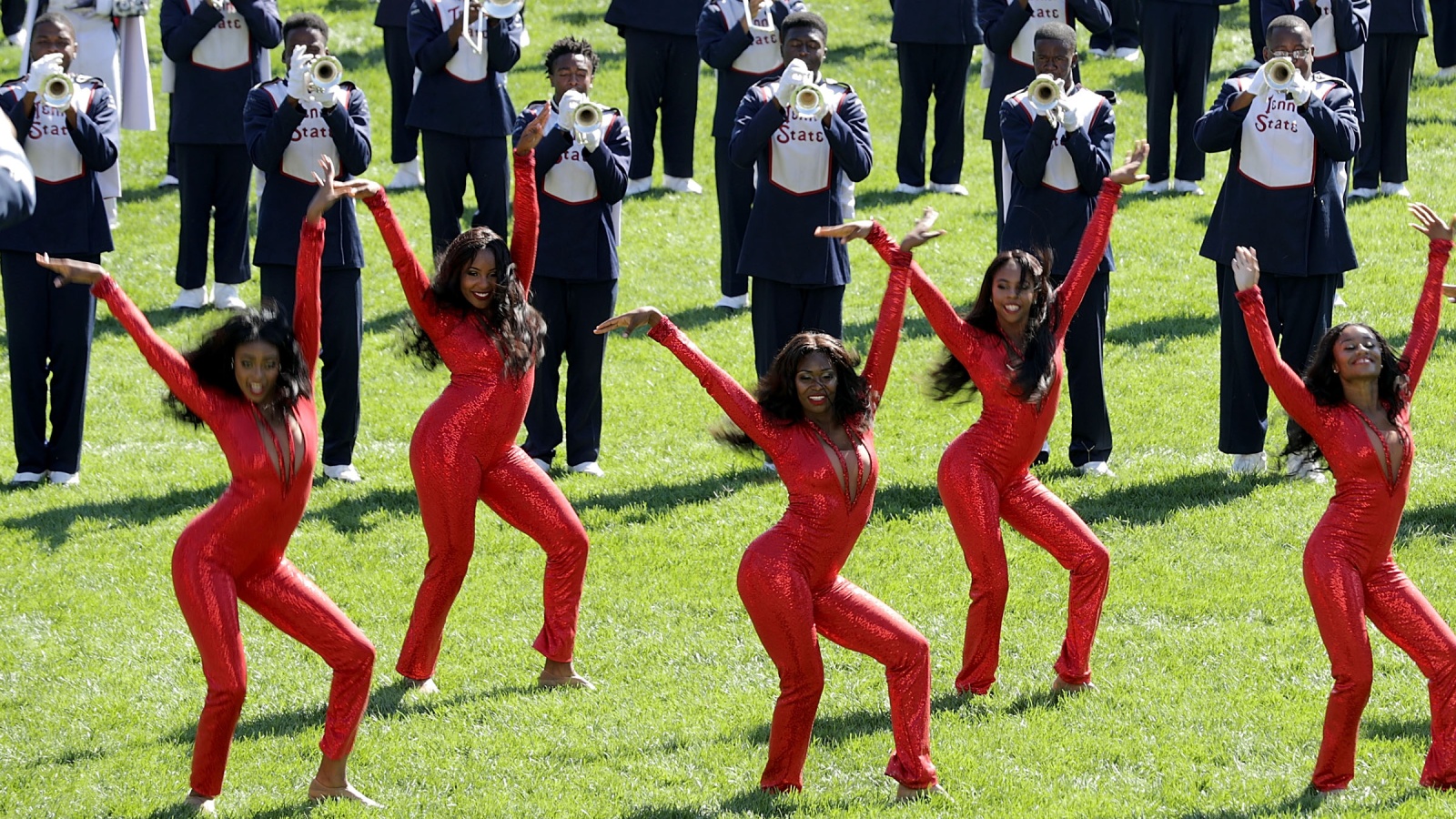A record number of applications are pouring into historically Black colleges and universities as interest in the institutions rises.
According to the National Student Clearinghouse, colleges across the nation saw a 3% dip in enrollment this spring. Some HBCUs, however, are bucking that trend. While enrollment figures were not readily available for many schools, application numbers are up.
The growing popularity of HBCUs is showcased both inside and outside the classroom, on basketball courts and football fields. It is also shown in the growing investments and creation of scholarships, such as the recent $4.4 million contribution from the owner of the Baltimore Ravens, as Blavity previously reported.
At Bowie State University in Maryland, applications have increased by 70%, President Aminta Breaux told ABC News.
In recent years, many high-profile students, from top-ranked recruits to the children of celebrities, have chosen HBCUs as their top schools. Last year, five-star basketball recruit Makur Maker chose Howard University over offers from UCLA, the University of Kentucky and the University of Memphis.
Earlier this year, Hercy Miller, the son of rapper and former NBA player Master P, committed to Tennessee State University in Nashville. This week, Toni Braxton announced on Instagram that her son Diezel Braxton-Lewis is also headed to Howard University in the fall.
Some attribute the increase in interest to the events surrounding the killings of George Floyd, Breonna Taylor, Ahmaud Arbery and other Black Americans that were highly publicized, giving off a heightened sense of awareness of racial injustice.
That was the case for Maker.
"During a social unrest, the George Floyd killing, that was a tipping point of everything," he told ABC News. "That really made me consider a HBCU seriously."
The trend of increased interest, however, is not a new occurrence for HBCUs.
Dillard University President Walter Kimbrough wrote about a similar trend in 2016, calling it the Missouri Effect. After students at the University of Missouri grew tired of racist conditions, a wave of student advocacy overtook the campus and was broadcast to the nation, prompting the university’s president and chancellor to resign.
Similar protests began to pop up across the nation. In its aftermath, HBCU enrollment, which had been decreasing since integration and had reached an all-time low, saw huge gains.
“Freshman enrollment [was] up 49 percent at Shaw University, 39 percent at South Carolina State, 32 percent at Tuskegee University, 30 percent at Virginia State University, 22 percent at Dillard University, 22 percent at Central State University, 20 percent at Florida Memorial University, and 19 percent at Delaware State University,” according to Kimbrough.
But by 2018, those numbers started to decline again. Although the numbers didn’t hold, HBCUs continued to fare better than predominantly white institutions at enrolling Black students, Kimbrough later wrote.
“So while there are fewer Black students in higher education, a greater proportion of them are choosing HBCUs,” he wrote.

